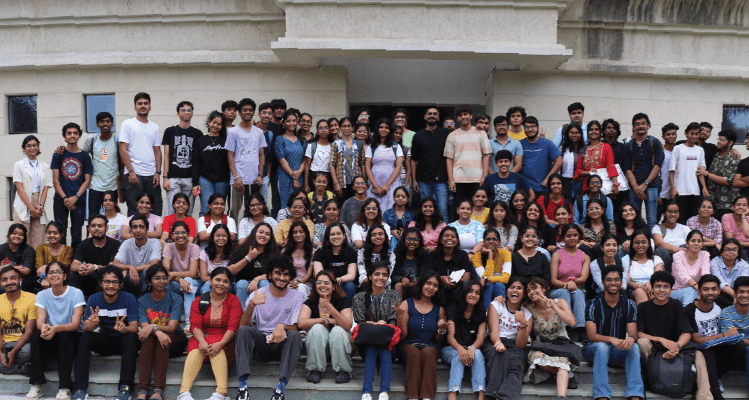Companies of today have a greater pressure to innovate than ever. Most of them spent trillions of dollars on Research and Development (R&D), yet the research has shown that more than 85 percent of their developed products fail. The sustainable differentiation from the technology and business-focused innovation could be attributed as the possible reason. Even though most of them are innovation envy yet not all of them yearn to come up with a radical innovation like Apple's iPod or create an entirely new product like Facebook. They make genuine efforts to bring in creative designers, hire innovation consultants, but they end up with disappointing results. As a result, we have witnessed corporations investing heavily on business incubators and innovation labs to create a problem-solving attitude.
Though the pertinent question is how does the design function offer interlinkages across a variety of groups? For companies, the journey toward design maturity involves two main challenges: process integration and scale, though ideally design should be integrated throughout the organisation and across a variety of roles. To innovate and win the companies today require design thinking. A form of thinking that is rooted in how knowledge advances from one stage to another. The culture- as experienced through design-led innovation is the best way to create futuristic solutions. The companies are even setting up design studios to manage design in their respective organisations.
Ever wondered why? Design Thinking offers practical, creative resolution methodology for business problems or issues. It creates an improved future regarding innovation, strategic capabilities, and processes, with the broadest sense of management. Analytical thinking is the critical aspect of design thinking. A solution-focused thinking approach that starts with a goal of achievement, instead of a problem. It helps refine knowledge towards specific improvements to the status quo.
Are they making any success? Well, the answer to that in the entirety is probably no because of our conventional education across challenging verticals, including design, that doesn't support and develop the problem- solving facet of an individual. Even though ultimately the success lies in the execution of the idea. In our volatile ecosystem, this will mean embracing a human-centric approach to design across the board, right from the formal education level. It will develop the required skills for companies with evolved individuals. Our education system will play a larger role here, by inculcating the fundamentals of design at an early stage for future professionals. At Avantika University, India's first design University, it is our foremost objective to empower learners with the right set of knowledge, approach and guidance. We endow to take an existential step to create innovators and problem-solvers. These individuals will be better aligned to see the resilient need for non-industry-aligned partners to be nimble problem solvers and thoughts leaders, especially since the pace of change in today's climate is so incredibly fast.
Avantika learners will apply design thinking approach with liberal education fundamentals that help solve real life problem by using critical thinking, with:
- Learn from people
- Find patterns
- Design principles
- Make tangible
- Iterate Relentlessly
